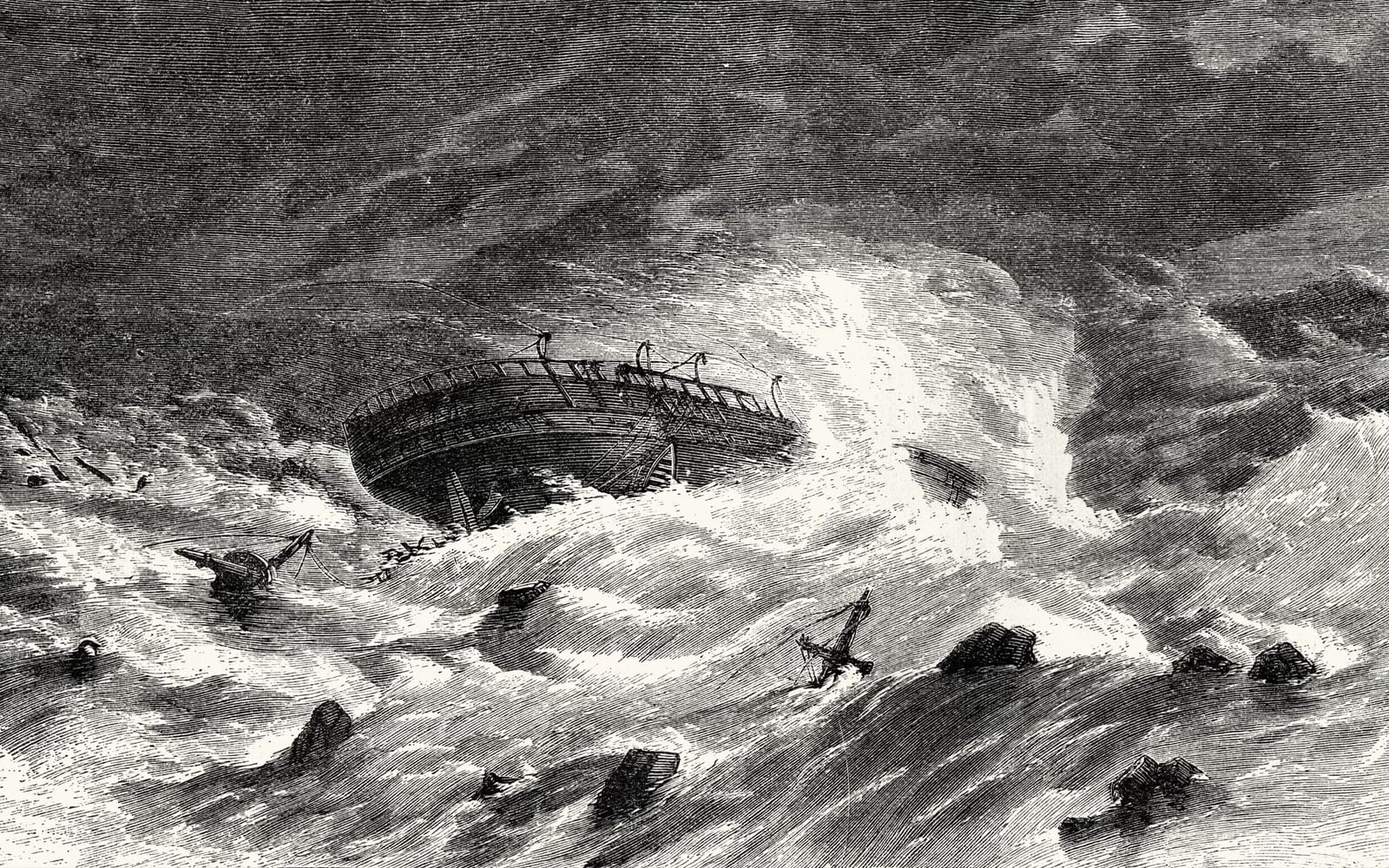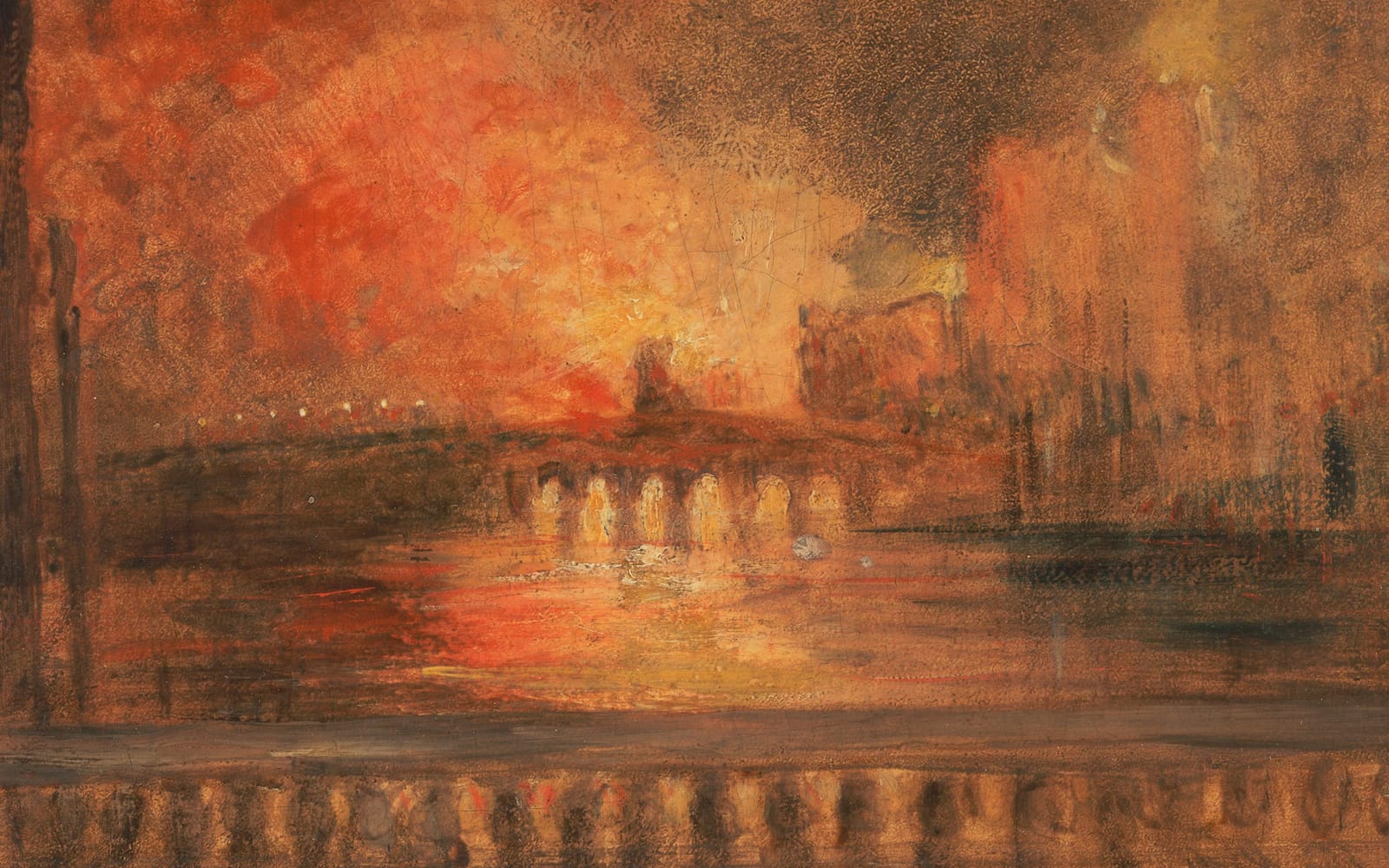A Mystery of the Sea
Whatever happened to those aboard the Mary Celeste?


Journalism has frequently been called the first draft of history. In this continuing series, 'First Draft', we revisit significant events in modern history and look at how they were reported in their immediate aftermath.

On Saturday 14 December 1872, a brief notice appeared in the shipping journal Lloyds List. 'Gibraltar, 13th Dec. 1.45p.m. — The Mary Celeste (Aust. bgntne), from New York to Genoa, with alcohol. derelict at sea, brought here by three men of the Dia Gracia [sic] (Brit. bgntne).'
In a page crowded with detail, this was a scarcely noticeable news item. Indeed, for several weeks nothing more was said in the papers about this enigmatic entry. There were parts of the story, though, to catch sharp eyes. Was the cargo of alcohol still entire? Whereabouts had the Dei Gratia encountered the Mary Celeste? What had happened to this brigantine—a commonplace, two-masted vessel— that had left it 'derelict at sea'?
The first two of these questions could be easily answered. But when it came to the last the picture was not so clear. Throughout December attempts were made to settle Mary Celeste's story into a neat and tidy narrative. But all these were frustrated. By early 1873 it had become clear to the authorities in Gibraltar that beneath the laconic news article lay a deep and perplexing mystery.
'The circumstances of the case', one paper would shortly report, 'are very extraordinary'.
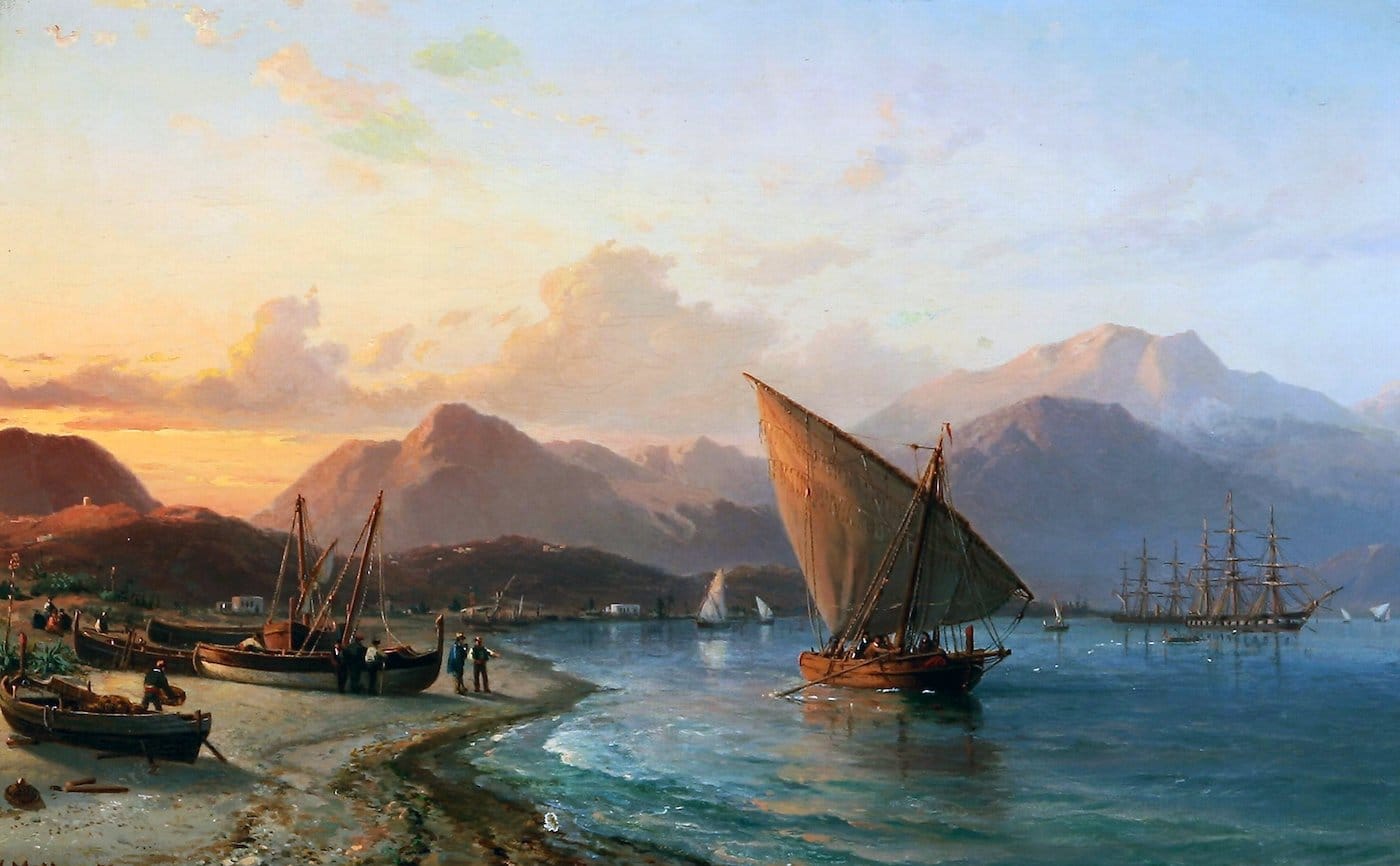
Darwin is rightly praised for his humanism and his recognition that the roots of humanity were found in Africa. But he also absorbed the ‘scientific’ racism that flourished in the second half of the 19th century.
In mid-February a fresh piece about the vessel appeared in the Gibraltar Chronicle. It began by stating the known facts. The first of these was that. on 5 December 1872, eight days prior to the arrival of the two vessels in Gibraltar, those aboard the Dei Gratia had discovered the Mary Celeste in latitude 38°20 N., longitude. 17°15 W, several hundred miles east of the Azores.
When the Dei Gratia first sighted her, the Mary Celeste was sailing on the starboard tack under jib and fore staysail and the wind was blowing from the north. Meanwhile, the Dei Gratia was progressing on the opposite tack under a more conventional press of canvas. Intrigued by how the brigantine lurched through the water, several hands were sent across from the Dei Gratia to investigate. They found that there was not a soul aboard the brigantine, nor was there any obvious cause for her abandonment.
It was this detail, 'no obvious cause', that transfixed those who read it. Soon this peculiar, provincial tale was being circulated across Britain. One newspaper wrote:
22 February 1873
The Gibraltar Chronicle relates a story which might have given a hint to Edgar Poe or Coleridge. The Dei Gratia British ship, on 5th December, fell in with an American brigantine, the Mary Celeste, in lat. 38.20 N., and long. 17.15 W.
The master boarded her, and found her abandoned, from no apparent cause. She was perfectly sound, had suffered from no storm, a small phial filled with oil being found perpendicular, and nothing whatever had been injured.
A sword which was in the cabin was found to be smeared with blood, the top-gallant rail had marks on it of blood, and both bows of the vessel had been cut with some sharp instrument. The captain’s effects were of value, and there had been a lady and child on board.
It is not mentioned whether the boats were gone, but the theory would seem to be that the crew, or part of them, murdered the captain, ran the vessel towards the Azores, and escaped in the boats, carrying off the lady and child with them.
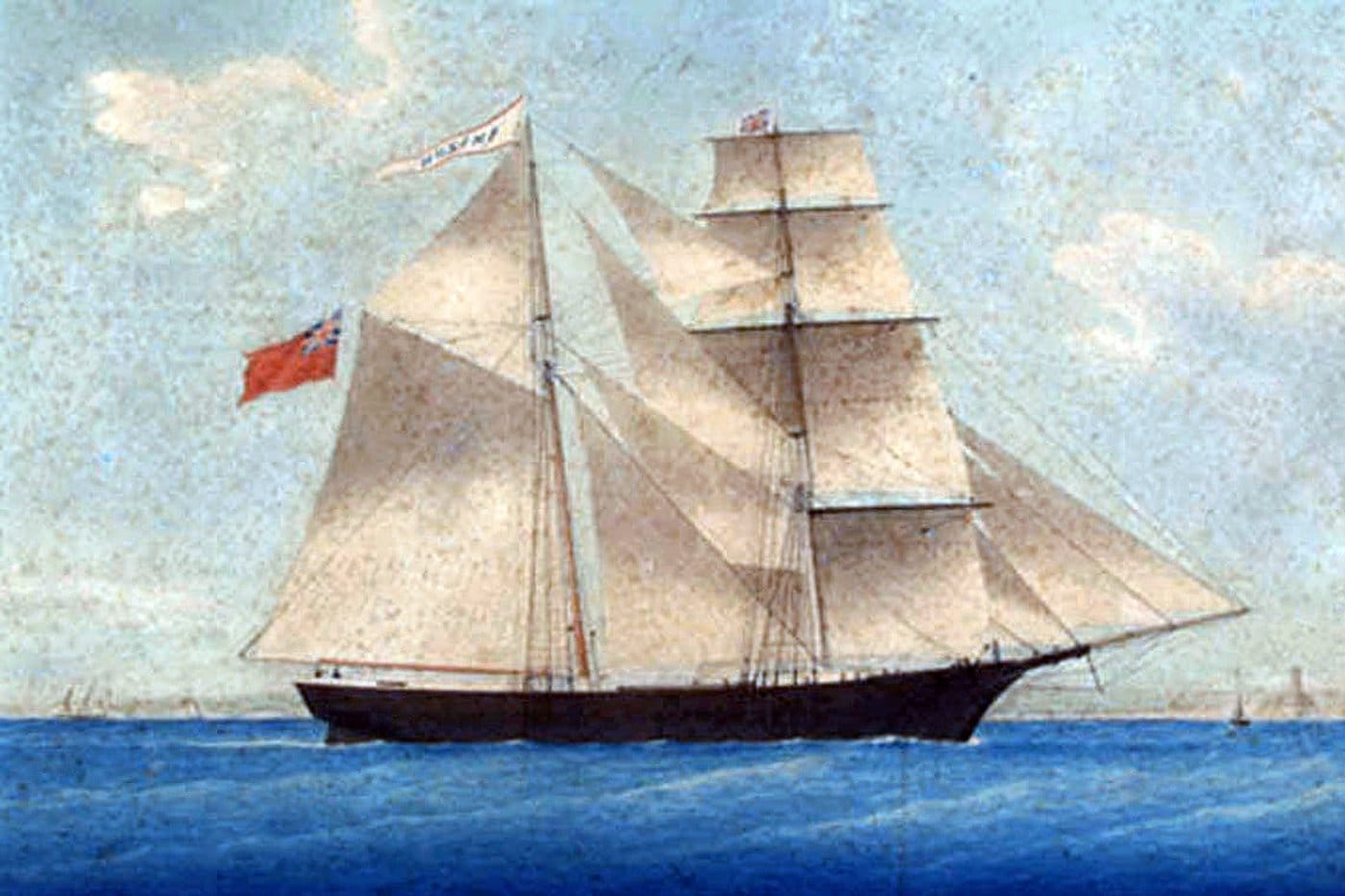

Already the tale was veering towards sensation. As well as Edgar Allan Poe or Samuel Taylor Coleridge, it could equally have formed the opening scene in one of Wilkie Collins's transfixing mysteries.
The 1870s were a time when a new, glamorous persona, 'the detective', was making themselves known in British society. Those like Jonathan 'Jack' Whicher of Scotland Yard were gaining a reputation for deductive reasoning and clue-spotting, skills which enabled them to penetrate the most teasing and opaque of cases.
The story of the Mary Celeste certainly seemed one of these. To help their readers grasp the story's complexity, newspapers conveyed the findings of the Admiralty Court in Gibraltar. These official proceedings had been led by the Queen's Proctor, Mr F. Solly-Field, who had ordered for a careful survey of the brigantine to be made. A naval surveyor called Mr Austin had been commissioned to add expert commentary, as had a diver, Ricardo Portunato.
This process found the following:
Saturday 22 February 1873
1. As regards the cargo—it consisted of barrels marked as containing alcohol, all of which were well stowed and in good order and condition, except one which had been started.
2. As regards the exterior of the hull below the water-line—it did not in any part exhibit the slightest trace of damage, nor was there any appearance that the vessel had come into collision with any other ship, nor that she had struck on any ground or rock; nor, in short, that she had sustained any injury whatever, the hull, the copper with which it was covered, the stem, sternpost, and rudder being all in good order and condition.
3. As regards the interior of the ship—a very minute survey showed most clearly that not only had the vessel not sustained any accident, but that she could not have encountered any seriously heavy weather.
The whole of the hull, masts, and yards were in good condition, and the pitch in the waterways had not started, which must have been the case had any bad weather been experienced.
The deck-house, made of thin planking and six feet in height above the deck, was perfect, there not being a crack in the planking or even in the paint. The seamen’s chests and the clothing found on board were perfectly dry, some razors even being quite free from rust.
Moreover, a small phial containing oil for use with a sewing-machine was found in a perpendicular position, which, together with a thimble and a reel of cotton discovered near it, had not been upset, as must have been the case if the ship had been subject to any stress of weather.
Spare panes of glass were also found stowed away and unbroken. All the articles of furniture in the captain’s cabin, including a harmonium, were in their proper places and uninjured by water, the music and other books being also dry.
Finally, the conclusion arrived at by the surveyor, Mr. Austin, is that there exists no apparent reason why the vessel should have been abandoned.
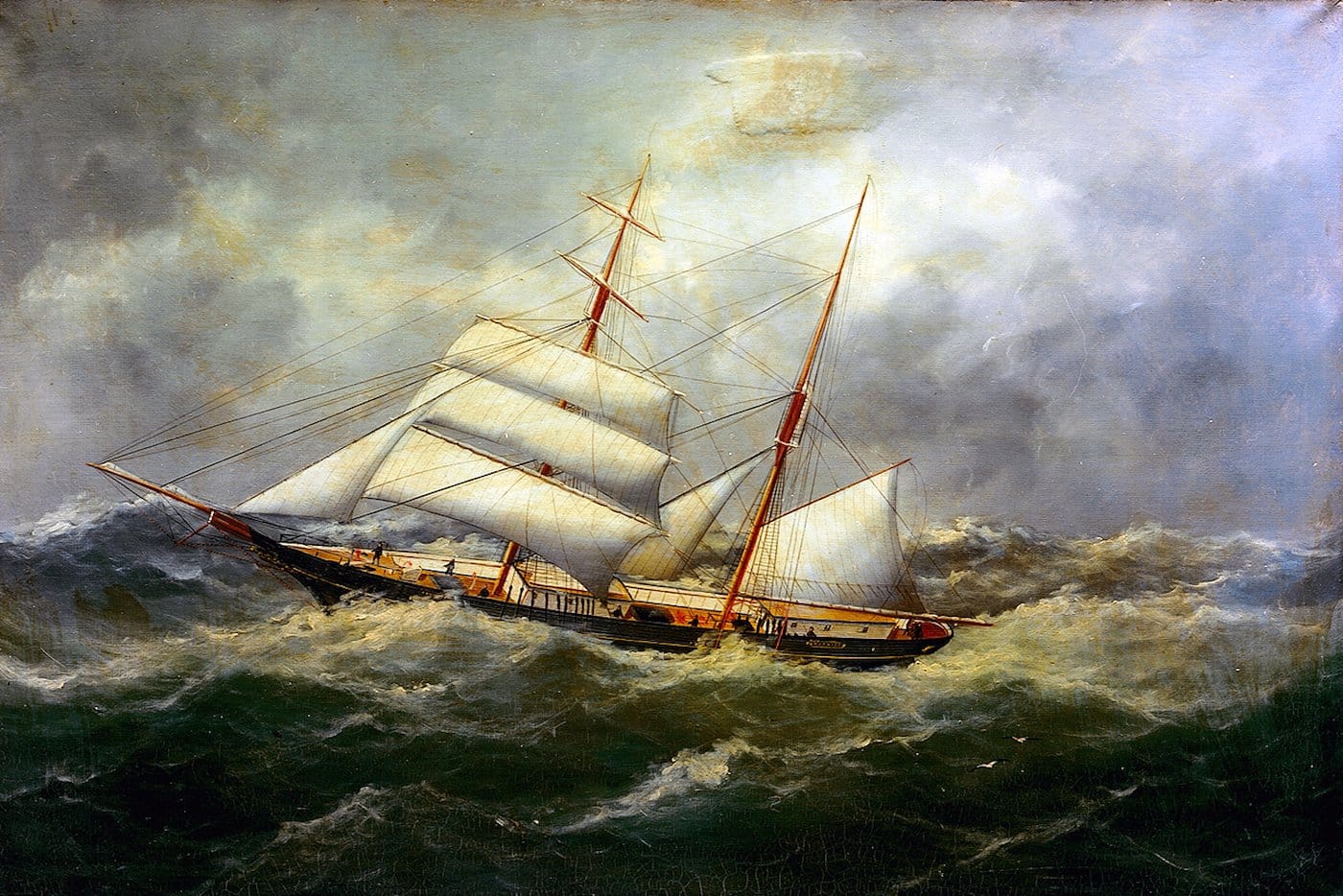
Within weeks everyone was discussing the fate of those aboard the Mary Celeste. The story became an international one, crossing the breadth of the British Empire to India, where long syndicated pieces were republished in their entirety in the pages of Lahore's Civil and Military Gazette. Straining to capture the last traces of the original crew, these pieces scoured the ship's log for hints.
The log, which had been found aboard, showed that the last full day's work had been carried out on 24 November. After that final documented moment, ten days elapsed during which she was 'conjectured to have held on her due course' with 'the wheel being loose all the time'. Between that instant, at lat. 36° N., long.. 27° W and her meeting with the Dei Gratia at lat. 38° N., long.. 17° W on 5 December, all was darkness.
'What happened in the interval?', demanded the article, 'Where was the captain? What had become of the crew?'
Journalists cast about for a motive. It seemed unlikely that the Mary Celeste had been wilfully cast away, as there was no evidence of damage beneath the waterline, nor of any attempts to set her on fire. Plunder seemed almost equally unlikely. All the valuable objects aboard remained entire and undisturbed.

What of the captain himself, then? His name was revealed to be 'Briggs' and he was found to be someone who was 'well known in Gibraltar' who 'bore the highest character'. Adding to the emotional complexity of the story was the revelation that Briggs's wife and daughter had embarked from New York, as part of a crew of ten.

Attempts were made to quell the speculation. The Manchester Evening News included the perspective of an American naval officer, Captain Shufeldt of the USS Plymouth, who had paid a personal visit to the Mary Celeste.
A practical, seagoing man, Shufeldt did not think there was much mystery in the story at all. He made known his belief that the brigantine had been abandoned in a moment of panic. '[Shufeldt] considers', the Evening News elaborated, 'that she may have strained in a gale and for the time leaked so much as to seriously alarm the master, and it is possible that at this time another vessel in sight induced him, as his wife and child were on board, to abandon his ship thus hastily'.
Shufeldt expected that 'the master and crew will be either heard of some day or, if not, that they have perished in the boat for which they abandoned their own ship'. Mutiny, he held, was unlikely, as no trace of violence could be found about the ship. 'With regard to the damage about the bows of the ship, he considers that it amounts merely to splinters in the bending of the planks, which were afterwards forced off by the action of the sea.'
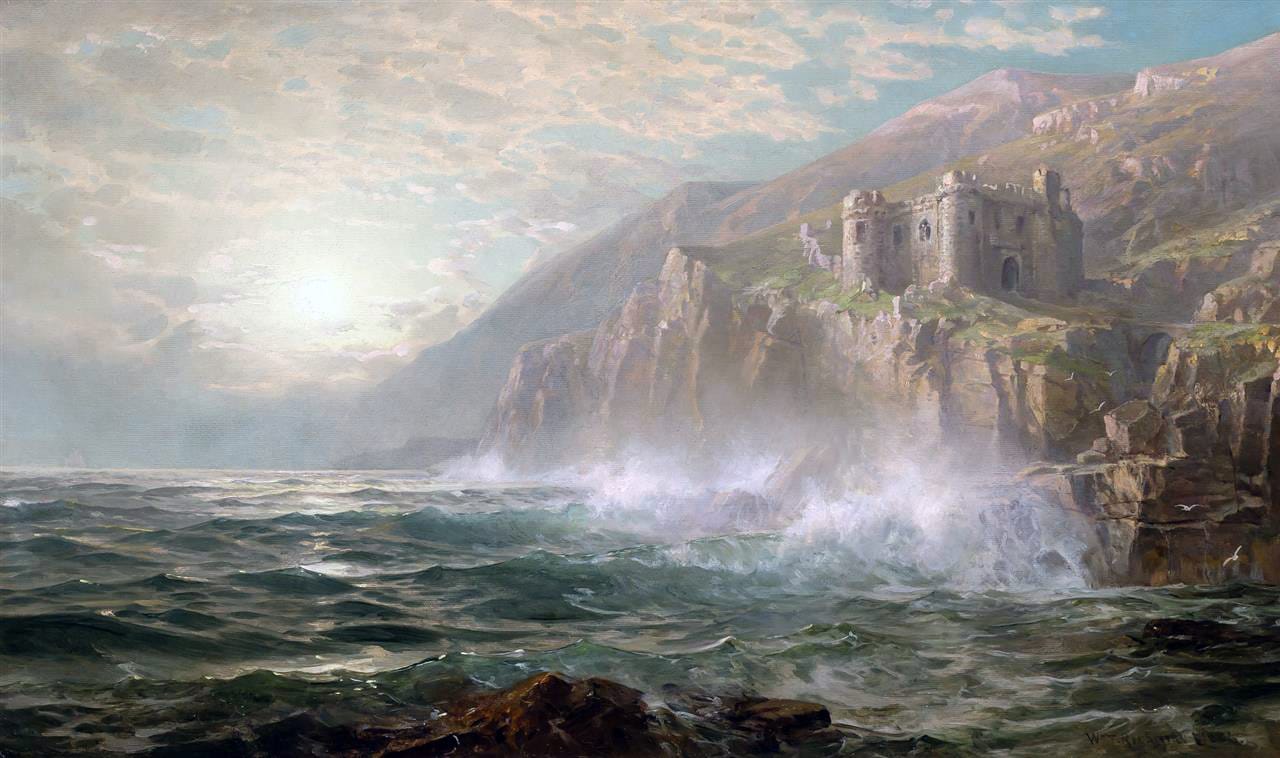
Yet others were not so sure. The Daily Telegraph was one who was willing to entertain other ideas. One that they felt was 'certainly open' to investigation was 'a revolt of the crew, the murder of the captain and his two passengers, and the subsequent flight of the seamen.'
This conjecture allowed them to provide their readers with a lurid flash of Gothic horror.
3 April 1873
It is impossible to say how often the explanation of vanished ships and crews is to be found in such an incident.
A wreck on the Cornish coast some years ago revealed a tragedy from a similar cause. The sailors had been treated with great cruelty by the captain; as they neared the Channel they revolted, seized their tyrant, gagged and murdered him, then tied him to the mast, took to the boats, and left the ship to her fate. A gale came on, the boats were swamped, and most of the crew drowned; but the storm drove the vessel on the rocks near the Land’s End.'
Rolling to and fro as the waves dashed over her, she was, after infinite trouble and peril, boarded by the Coast Guardsmen on the search for fellow-creatures in danger; but the one ghastly sight which met their eyes, and never passed from their memories, was the corpse of the murdered captain fastened to the mast, and slowly rising and falling with the straining ship, his features stamped with a livid pallor, and a fixed stare in the hollow eyes.
The Mary Celeste has left no dead men to tell tales; and the ocean faithfully guards its own awful secrets •
This edition of First Draft was originally published December 13, 2024.

Further Reading
Ghost Ship: The Mysterious True Story of the Mary Celeste and Her Missing Crew by Brian Hicks (Ballantine Books, 2004)
J. Habakuk Jephson's Statement by Arthur Conan Doyle (Arthur Conan Doyle Society)

📸 Dive into our Features
🎤 Read Interviews
🎧 Listen to Podcasts
🖼️ Buy fine art prints & more at our Store


